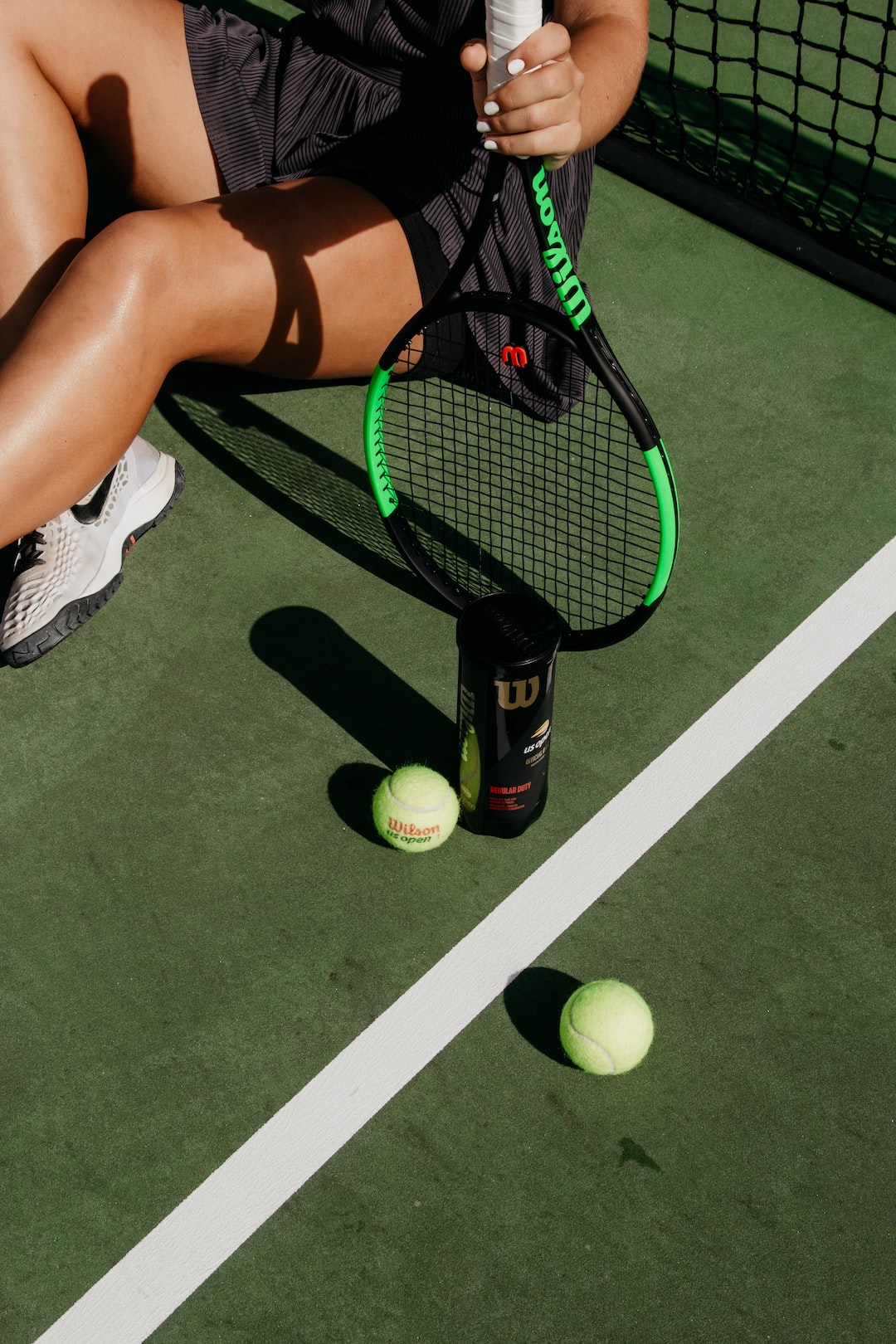The Science Behind Sports Injuries: Prevention and Rehabilitation
Sports injuries are a common occurrence, affecting athletes of all ages and skill levels. They can be a result of sudden trauma or overuse of certain body parts. However, understanding the science behind sports injuries can help athletes prevent and recover from them more effectively.
The first step to preventing sports injuries is understanding how they occur. Most injuries can be categorized as either acute or chronic. Acute injuries are typically the result of a single event, such as a collision or a fall. Chronic injuries, on the other hand, develop over time due to repeated stress on a particular area of the body. These can be caused by poor technique, inadequate rest, or improper training methods.
One of the key factors in preventing sports injuries is proper training and conditioning. Athletes should undergo regular strength and conditioning programs to ensure their bodies are prepared for the demands of their sport. This includes improving muscle strength, endurance, and flexibility. A well-rounded training program should also include exercises that target the core, as a strong core helps to stabilize the body and reduce the risk of injuries.
Another important aspect of injury prevention is using the correct equipment. Athletes should always wear appropriate protective gear, such as helmets, knee pads, or wrist guards, depending on the sport they are participating in. The equipment should fit properly and be in good condition to provide optimal protection.
Proper technique plays a crucial role in injury prevention as well. Athletes should be trained by qualified coaches who can teach them correct form and technique for their specific sport. Using proper technique not only improves performance but also reduces the risk of injury. It is essential for athletes to master the fundamentals before progressing to more advanced skills.
Despite taking precautions, injuries may still occur. In such cases, an understanding of injury rehabilitation is vital for athletes’ recovery. Rehabilitation involves a systematic and progressive process aimed at restoring the injured body part to its pre-injury state. It includes a combination of exercises, therapies, and treatments tailored to the specific injury.
Rest is an integral part of the rehabilitation process. It allows the body time to heal and recover. Depending on the severity of the injury, athletes may need to completely refrain from training or modify their activities to avoid further damage. Rest should be accompanied by other therapies such as ice packs, compression, and elevation to reduce swelling and promote healing.
Physical therapy is a key component of sports injury rehabilitation. It involves exercises and stretches designed to strengthen the injured area and restore range of motion. Physical therapists work closely with athletes to develop an individualized rehabilitation plan and monitor progress throughout the recovery process.
In some cases, more advanced treatments such as surgery or medication may be necessary for complete recovery. These interventions are typically used for severe injuries or when conservative treatments do not yield desired results. Athletes should consult with medical professionals to determine the best course of action for their specific injury.
In conclusion, understanding the science behind sports injuries can greatly contribute to their prevention and rehabilitation. By implementing proper training, using correct equipment, and employing appropriate techniques, athletes can reduce the risk of injuries. In the event of an injury, a comprehensive rehabilitation program that includes rest, physical therapy, and potentially more advanced treatments can help athletes recover and return to their sport in a safe and timely manner.

